Otherworldly, panoramic, and oh-so-dramatic, Iceland is the ultimate icy volcanic playground. Plan a road trip around this incredible island isolated in the North Atlantic, and you’ll walk away with more than a few life-affirming, lifelong-lasting memories.
The best things to do in Iceland are, for many, a long list of firsts. The first time tentatively walking atop a glacier, the first time venturing inside an ice cave, and the first time scuba diving between two tectonic plates. Summarising all of Iceland’s best experiences only requires one word: phenomenal.
Even then, those firsts are different for all who travel to the land of fire and ice due to seasonal and seismic variations. Come in summer, and an Iceland road trip will deliver you to otherwise inaccessible ravines, while long winter nights can be rewarded with aurora sightings. No matter when you visit, these top activities in Iceland are sure to leave a lasting impression.
Go on an off-road adventure to Thórsmörk and Fjallabak Nature Reserve
The Midnight Sun isn’t the only reason to venture to Iceland in the summer. For much of the year, the country’s craggy, lunar-like interior is essentially cut off to visitors due to the closure of the 4WD-needed, river-crossing inland roads by snow and severe weather conditions. Come between June and September, though – arguably the best time to visit – and you’ll be able to rent a suitable 4×4 and drive Iceland’s F roads – the F meaning Fjallvegur or mountain road.
Where should you drive first to make the most of your mighty wheels? Thórsmörk. Named after the Norse god Thor, this highland valley is every bit as supernatural as it sounds. The drama is heightened by the fact that it requires driving skill and confidence to pass the Krossa River crossing, meaning a larger 4×4 isn’t just recommended but essential due to local restrictions on this gravel road. Once there, you’ll be staring out at one of Iceland’s most pristine, panoramic and outlandish scenes: moss-clad ravines and theatrical waterfalls that create steaking rivers in the glacier-carved landscape. Then, to make the most of your vehicle, backtrack and head to Landmannalaugar in the Fjallabak Nature Reserve, where lava-shaped fields and hot springs contend for Iceland’s most unique setting.
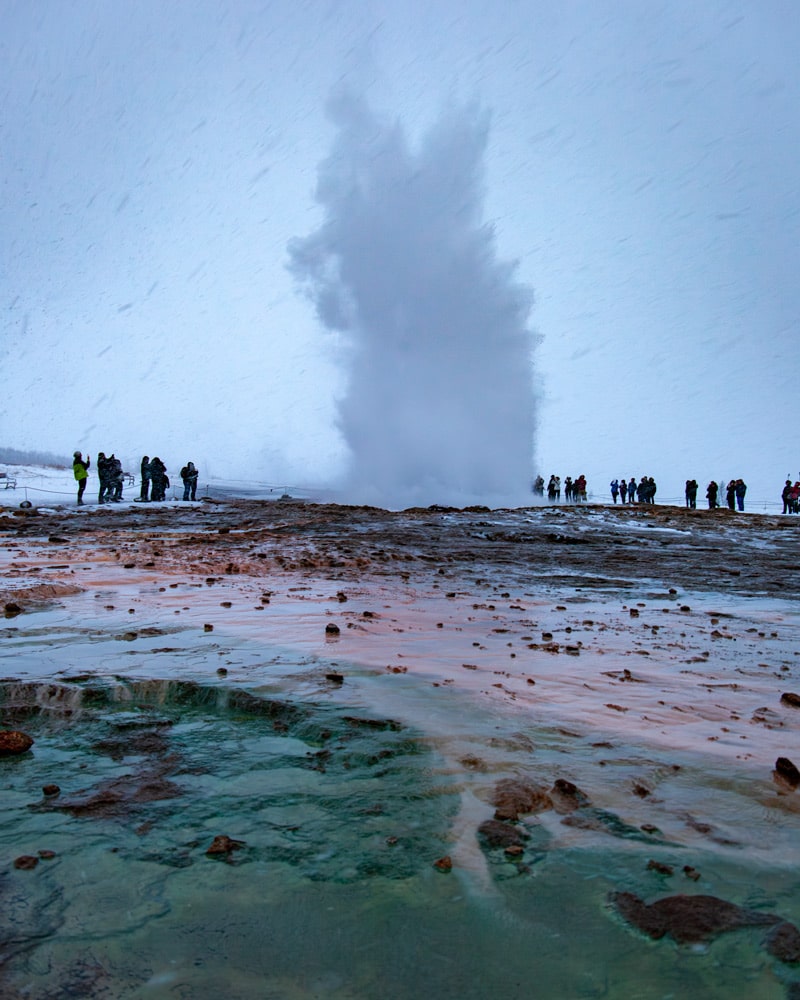

Glimpse geysers and geothermal activity in the Golden Circle
Not all Iceland road trips are seasonal, and not all require a 4×4. The so-called Golden Circle is a scenic loop which takes in a sample of all of Iceland’s best landscapes: cinematic cascades, a heart-stealing national park, and soaring active geysers. It’s not far from Reykjavik, accessible year-round, and – except for in particular bad weather conditions – can be driven with a normal rental car.
One of the most impressive stops in the Golden Circle is the geothermal valley of Haukadalur. A show-stopping scene of gurgling mud bubbles, fumaroles, and sky-spewing geysers, the most famous sight is Strokkur, Iceland’s most visited geyser, which ejects its scorching waters some 20 metres into the air several times per hour.
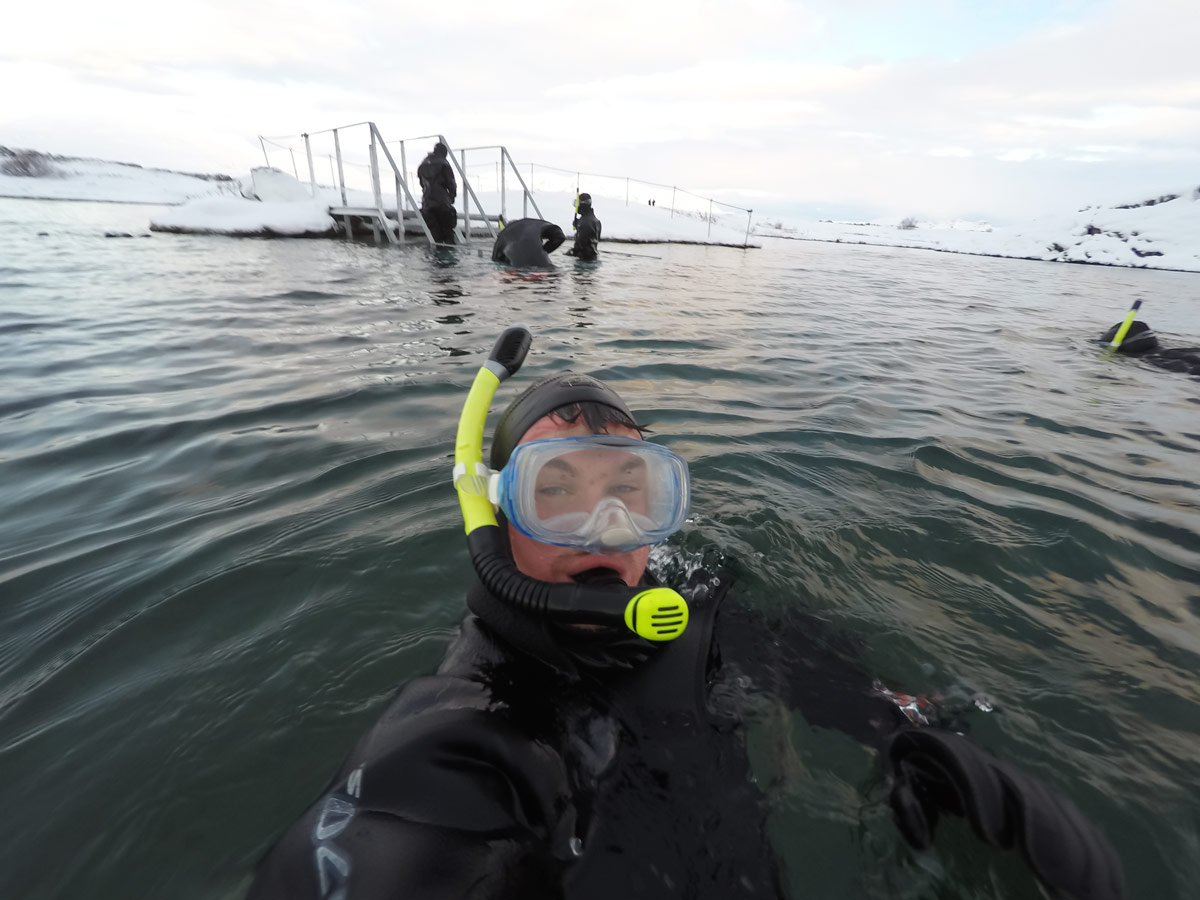

Snorkel or scuba between two tectonic plates
If you’re wondering what to do in Iceland for a truly unique experience, then it doesn’t get much better than diving into the inland frigid waters to swim between two tectonic plates. At the Silfra Fissure in Thingvellir National Park, it’s possible to snorkel or scuba dive between two continents – these are the North American and Eurasian tectonic plates – wearing a dry or wet suit, depending on the season. Although I’m a qualified scuba diver, I opted just to snorkel as the water is so clear visibility is pretty much perfect. Either way, the attraction here is the geological wonders – and once-in-a-lifetime Iceland experience – rather than any marine life.


Eat, drink, and get cultured in the capital city, Reykjavik
Nearly every visit to Iceland starts and ends in Reykjavik, the country’s compact, quirky and colourful capital city. While it’s tempting to just beeline to the top natural attractions in Iceland, aim to spend at least a night in the city sampling local craft beers in cosy pubs, listening to some live rock music, and learning a little more about Iceland’s heritage at the National Museum, out-of-town Open Air Museum. Don’t miss the Hallgrimskirkja, a 20th-century cathedral that towers above the city due to its pointed tower.
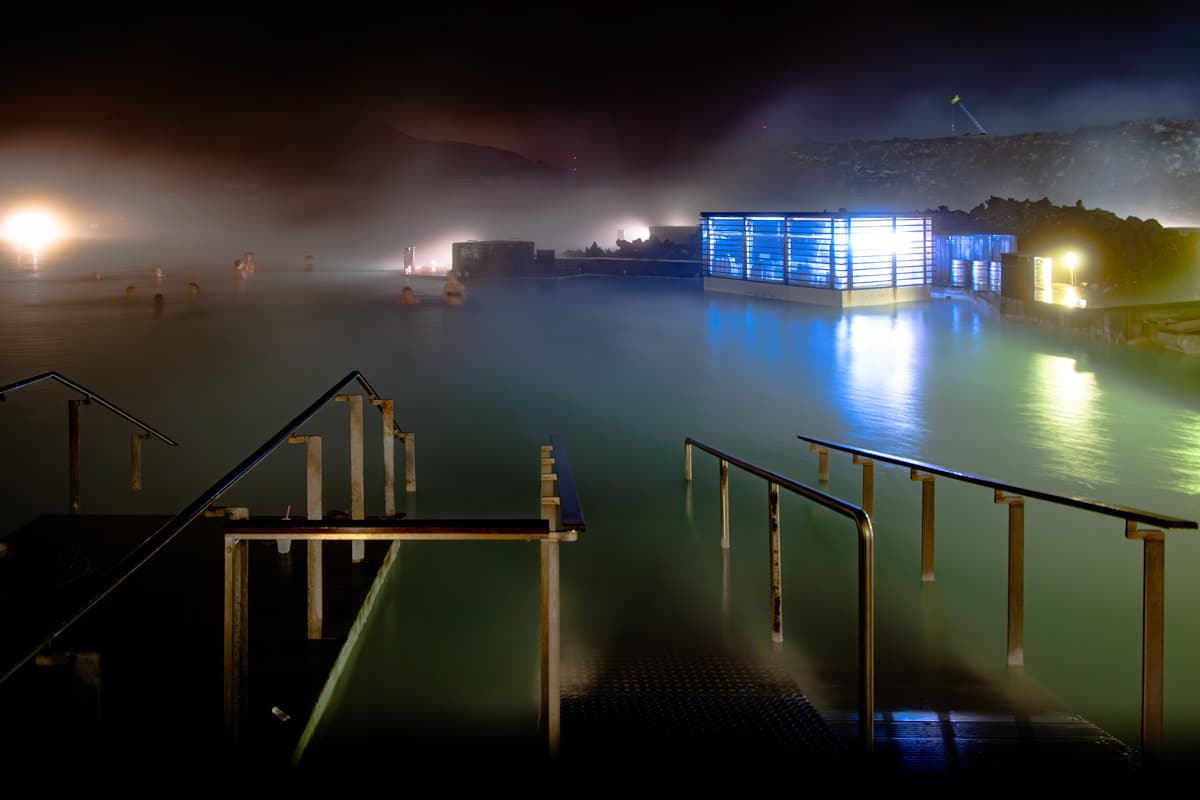

Soothe in hot springs and lagoons
One of the most popular things to do in Iceland – especially after tackling some of the island’s toughest hikes – is to rest and rejuvenate in geothermal waters. You’ll find natural pools fed by hot springs and lagoons across the country, with some of the finest being out in the wild. However, the most famous Icelandic spa experience is found near Reykjavik at the Blue Lagoon. A well-developed and expansive wellness site, the centrepiece is the steaming mineral-rich, milky-blue pool perfect for an afternoon session or to enjoy under a winter starlit sky.
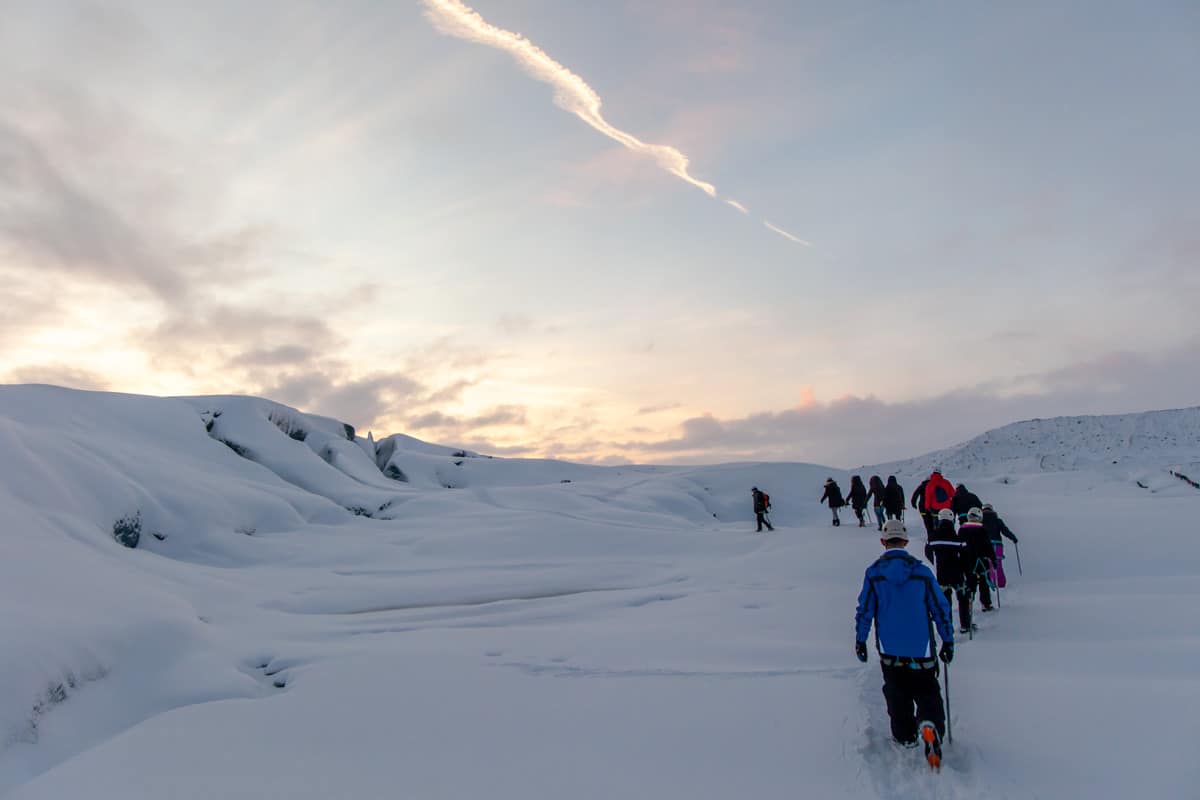

Trek atop a glacier
One of my most memorable experiences in Iceland was the glacier trek in the UNESCO-listed Vatnajökull National Park. Even thinking about it now seems a little surreal. Crunching through the snow with crampons, knowing the glacier ice was just below – and as we hiked further, directly underfoot – was pretty surreal, especially as the sun started setting and the golden hues glinted off the ice. For this one, you’ll want to join a guided tour, and while it’s not the cheapest experience in Iceland, it’s well worth the investment.


Clamber inside an ice cave
What can top walking atop a glacier? Entering an ice cave. One of the best things to do in Iceland is to venture into a subterranean frozen cave system illuminated by translucent blue ice. My opportunity came at the end of my glacier trek at Vatnajökull’s Crystal Ice Cave. Still, you can enjoy similar experiences in Langjökull’s Ice Tunnels, the Mýrdalsjökull Glacier, and a few more locations across the island.
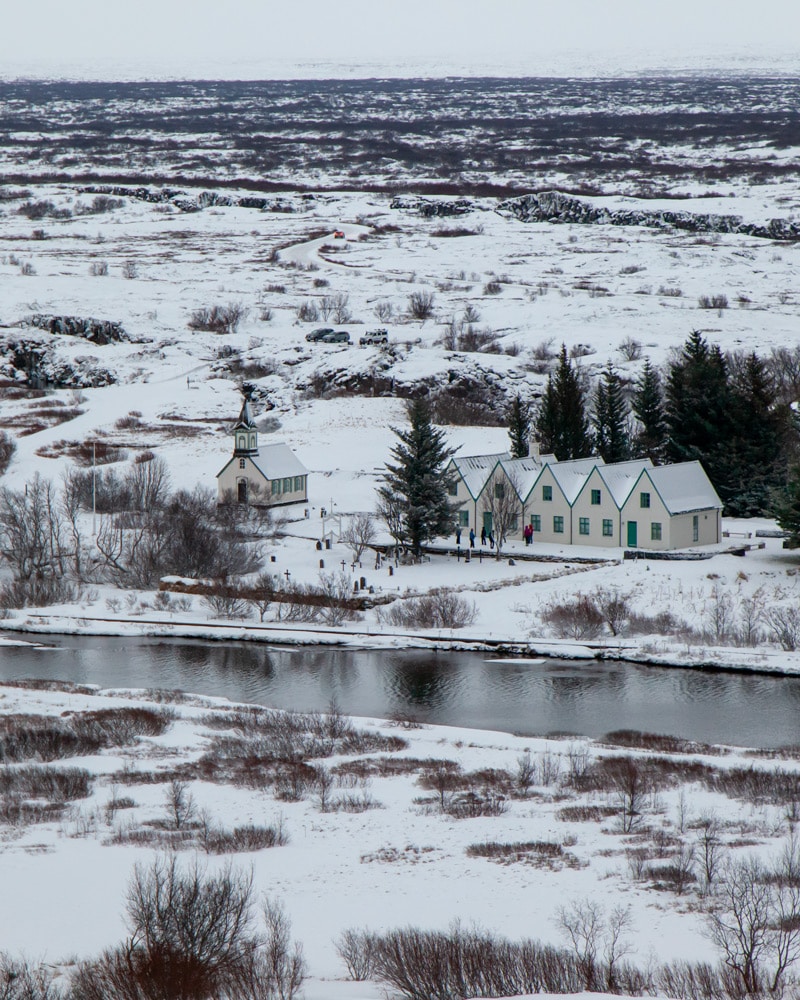

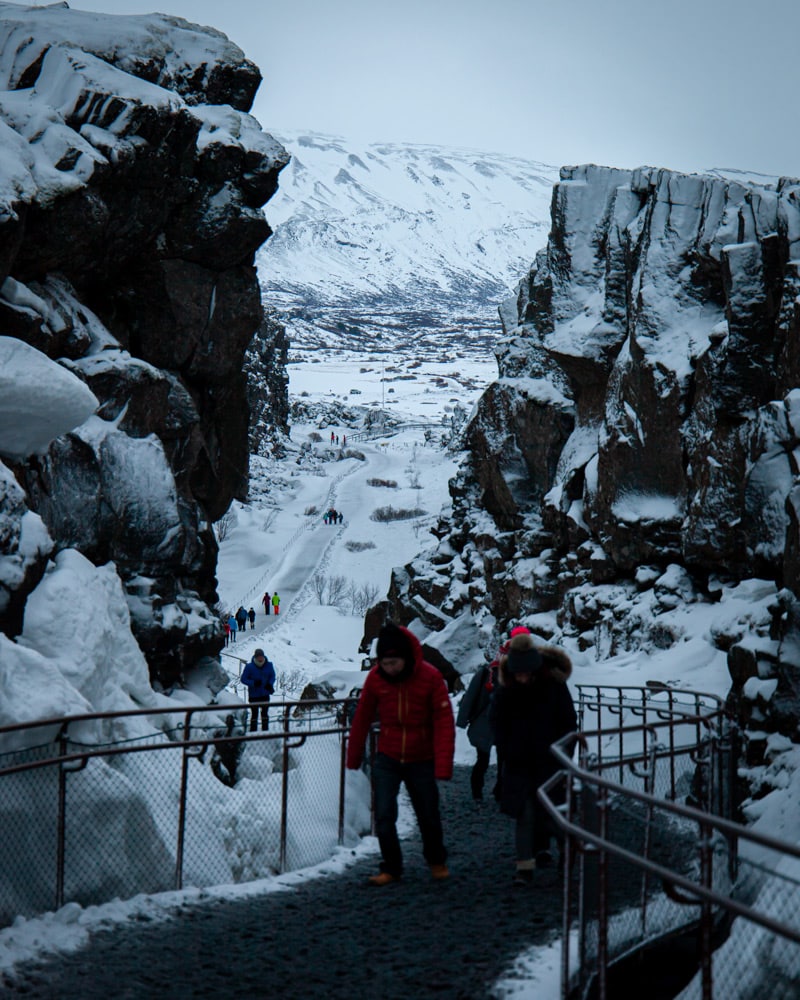

Cross your fingers for the northern lights
Visit between September and April, and you’ll likely be chasing another of the top things to do in Iceland: witnessing the Northern Lights. But coming in the seasonal window isn’t any guarantee. I’ve travelled twice to Iceland in winter, and both times were aurora failures – I caught a slight slither of green in my camera, but for the most part, cloud cover ensured nothing was visible.
However, if you get lucky, you’ll see quite the show, especially if you’re far from the city’s light pollution near a glacier lagoon or a remote peninsula. There are plenty of tours that will take you to try and spot the northern lights – some include an overnight rural stay – but if you’ve rented a car, it will allow you more flexibility to change directions if clouds do appear quickly.
Be in awe of active volcanoes
It doesn’t seem that a week goes by these days without news of a volcanic eruption or seismic activity striking Iceland. Set on the Mid-Atlantic Ridge, the island’s volcanic nature is particularly fierce, and this fiery activity can lead to some of Iceland’s most unique experiences. Of course, you’ll always want to prioritise safety and follow all local instructions. But even if your visit doesn’t time with an eruption, you’ll never be far from an active volcano like Eyjafjallajökull, and just staring at it, knowing it’s smouldering below, is enough to elicit awe.


Witness (and walk behind) majestic waterfalls
Water defines many of the best things to do in Iceland, and that’s particularly true when it comes to cascades. All across the island are majestic waterfalls that are truly show-stopping. From the theatrical curtain of water at Skogafoss to the squat, easy-access Gullfoss Falls, you’ll spend much of an Iceland road trip pulling over to get your camera out. My favourite is Seljalandsfoss, a spectacular waterfall that you can actually walk behind by entering a cavernous space that puts the power of the crashing cascade into perspective.
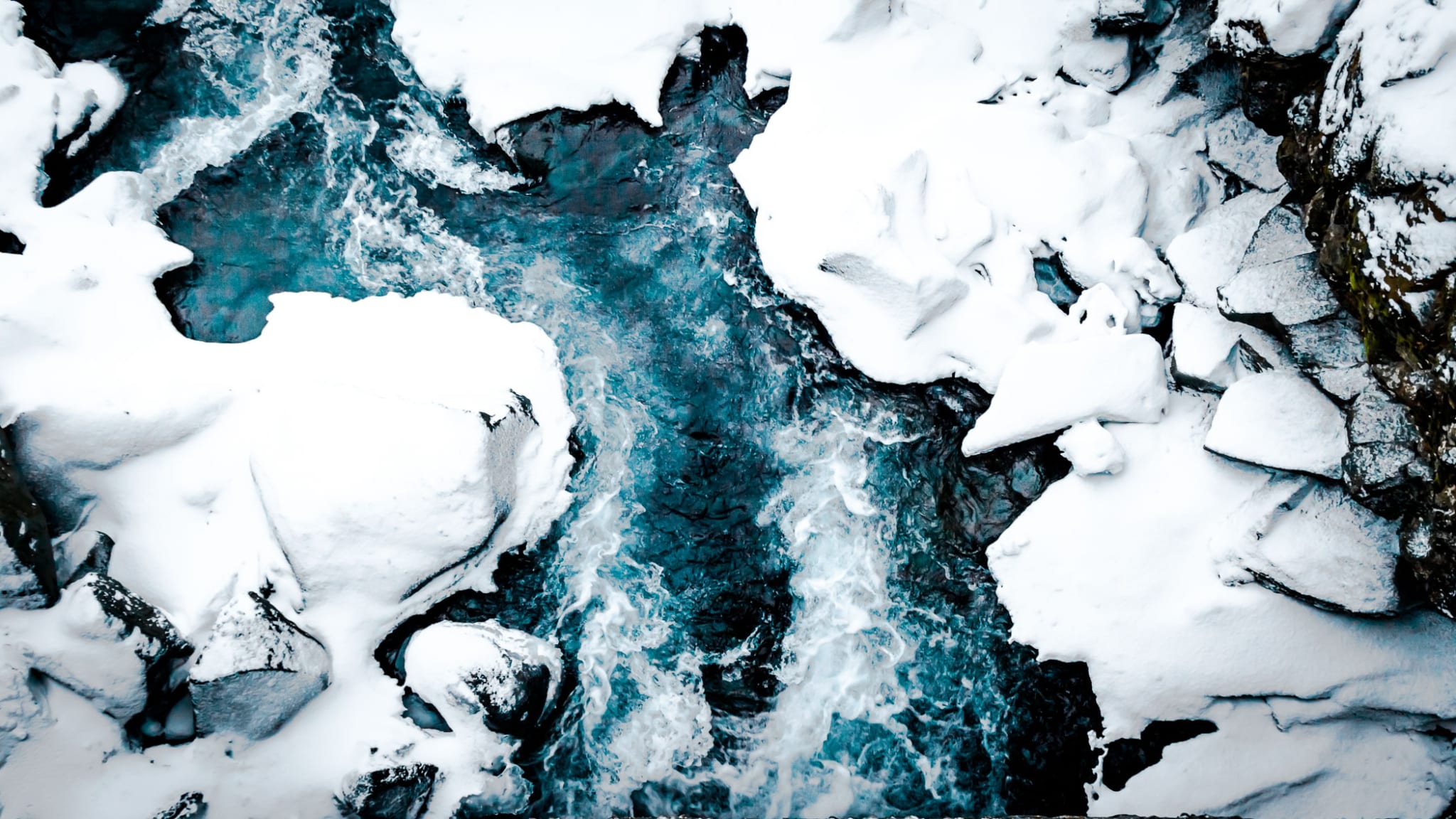

Peek at seasonal puffins and go birding in the Westfjords
What to do in Iceland in the summer? Spot some adorable puffins. Between April and August, millions of puffins call Iceland a temporary home as they breed, lay eggs, and provide a pretty picture for visitors who peer on from a respectful distance. The Westman Islands and Westfjords are two of the best areas to see puffin colonies, with the latter being one of Europe’s premier bird-watching locations due to the numerous seabirds that circle the cliffs.
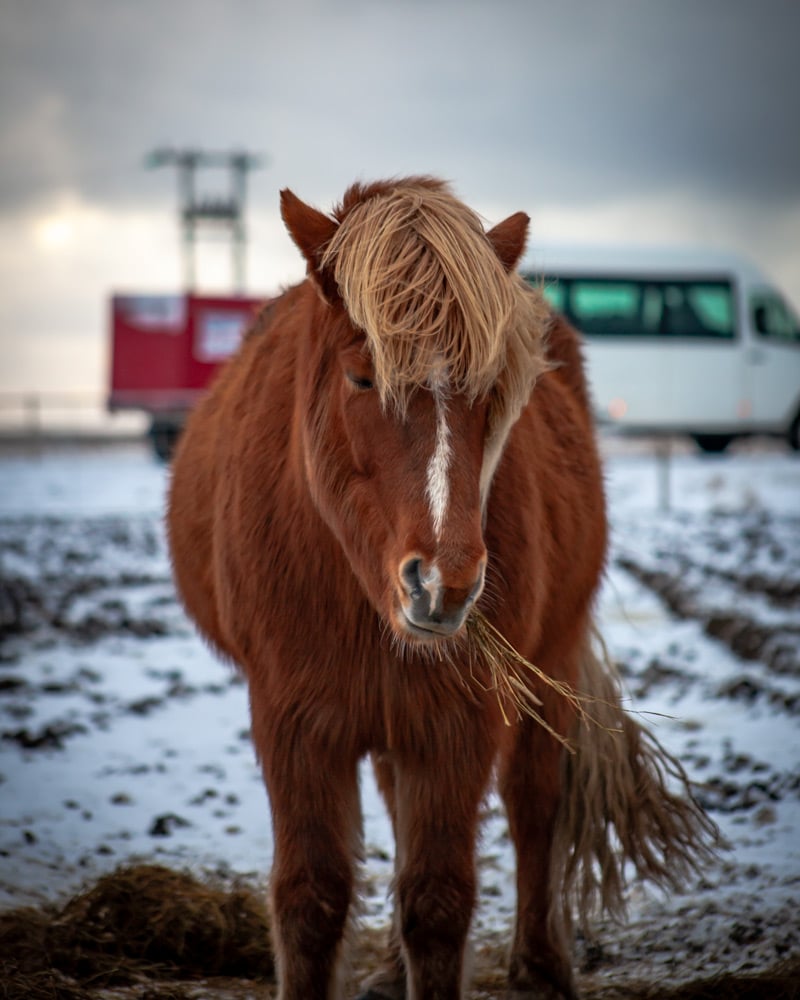

Meet Icelandic Horses and spot whales breaching in the wild
Puffins aren’t the only wild thing to see in Iceland. You’ll also want to meet one of the beautiful Iceland Horses. Chances are you’ll spot this small, strong and friendly breed of horses as you drive the island – and if you see their unique “flying” gait, even better. Afterwards, continue driving to Husavik, considered Iceland’s whale-watching capital, to join a sailing to see humpback whales breaching in the deep blue.
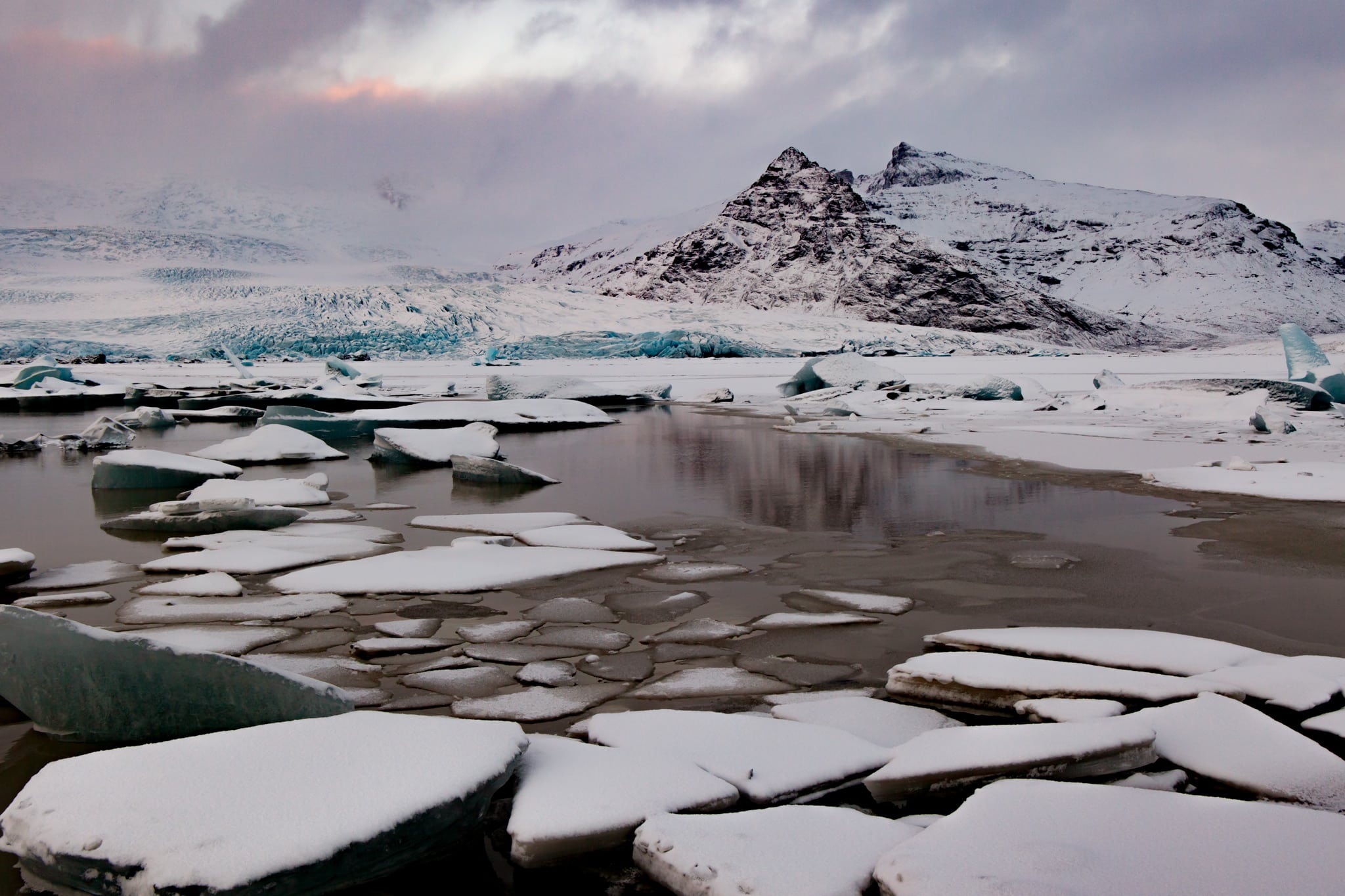

Kayak frigid glacier lagoons to peek icebergs up close
Jökulsárlón Glacial Lagoon was one of the highlights of my second visit to Iceland. I was so excited to kayak across the mirror-like waters dotted with icebergs and take a closer look at these floating blocks myself. However, I hadn’t really thought through the fact this is a land of Ice, and while paddling the lagoon is one of the best things to do in Iceland between May and September, winter freezes parts of the lagoon. Still, Jökulsárlón is a spectacular sight, even if I could only admire the panorama from the edge – the kayak will have to wait until next time.


Stroll along spectacular black sand beaches
Iceland’s beaches are nothing short of spectacular. On this wild island, the dark volcanic sands are just as striking as the inland landscapes. Head to wave-ravaged Reynisfjara to marvel at the basalt columns, swoon over the sparkling small icebergs that dot Diamond Beach, and see the serrated peaks reflecting in sultry Stokksnes Beach, and you’ll soon be a white sand convert.
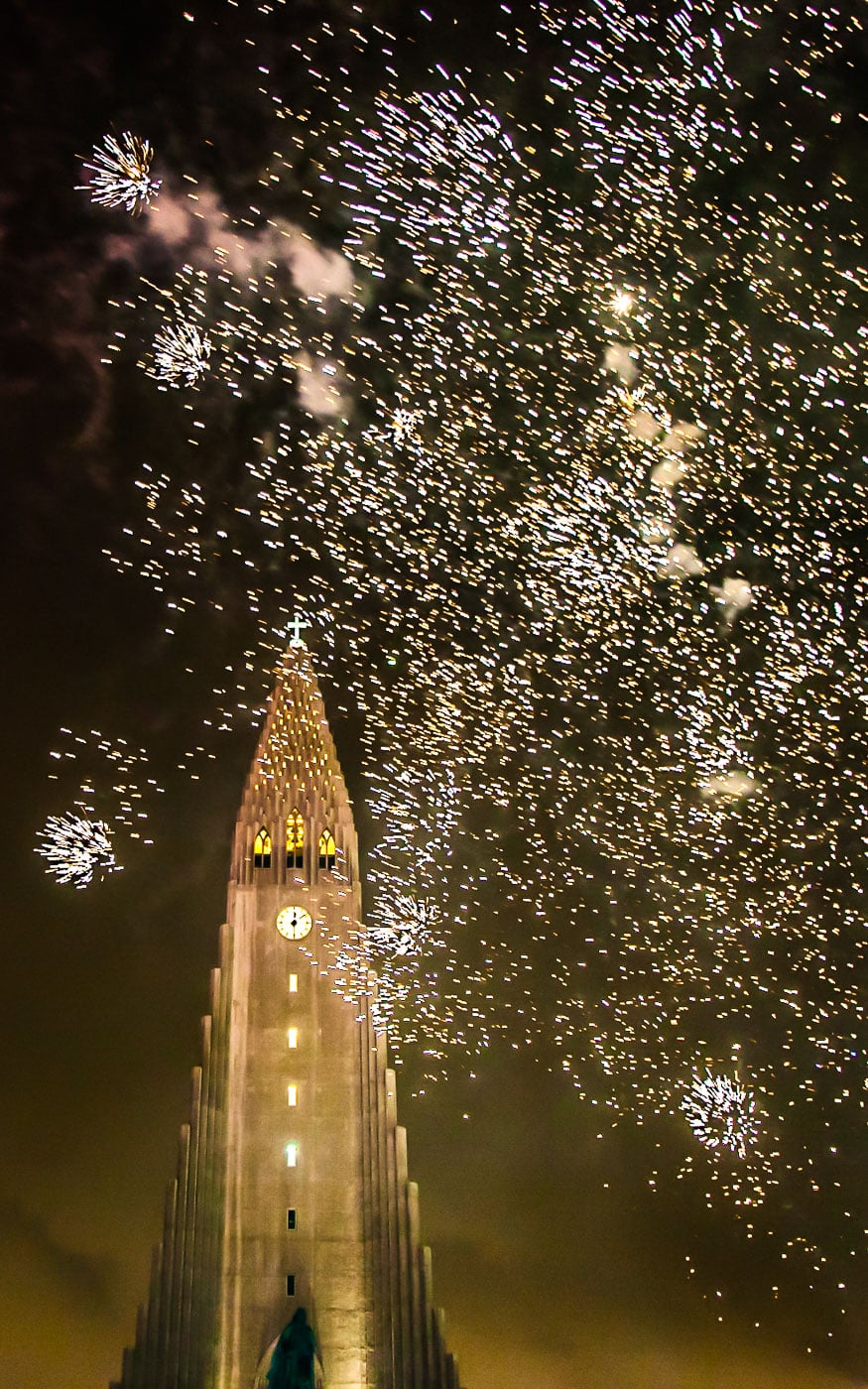

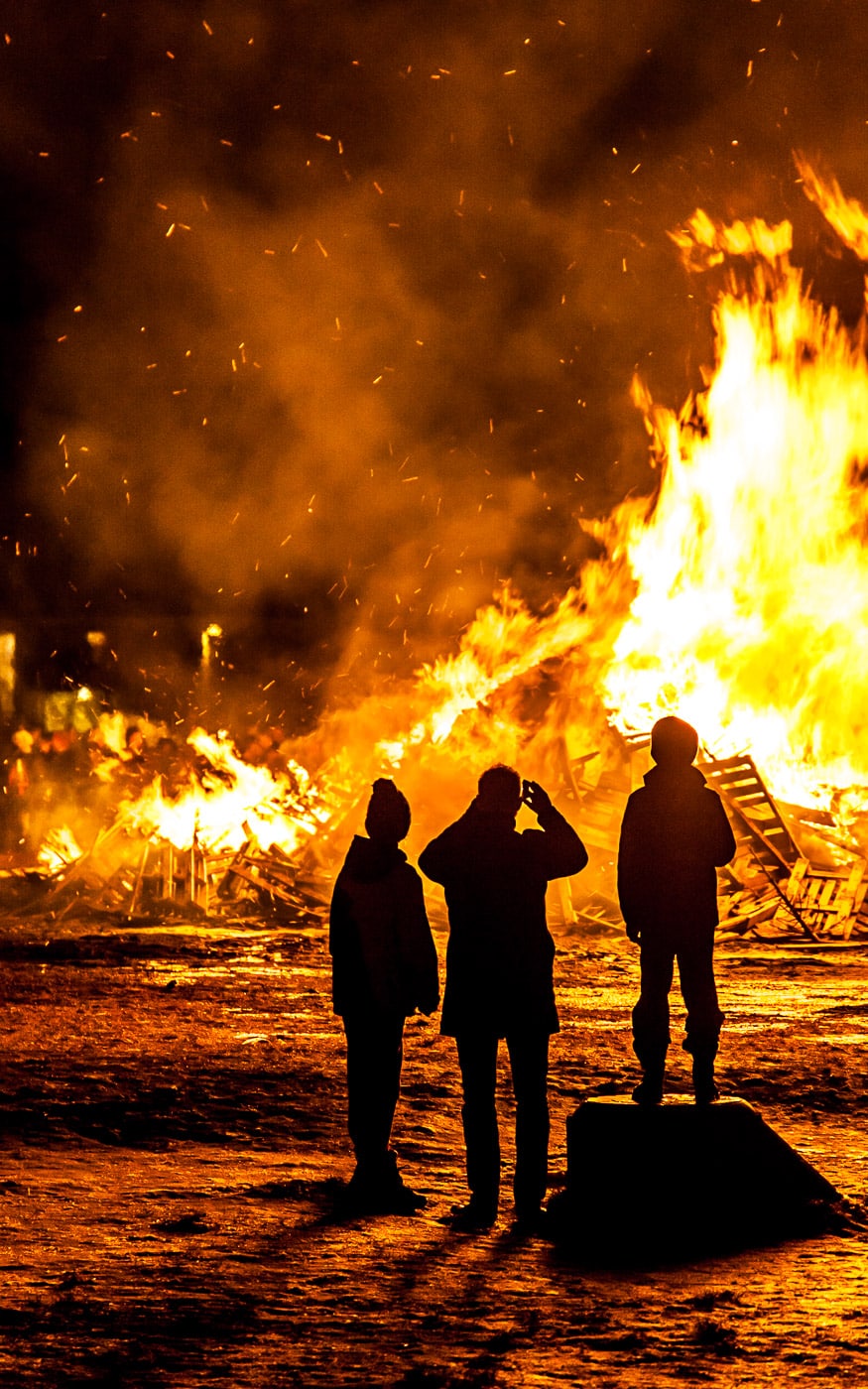

Ring in the New Year in Reykjavik
On my first visit to Iceland, I spent New Year’s Eve in Reykjavik. It wasn’t a coincidence – I’d specifically planned the trip around the end-of-year celebration, drawn by the promise of essentially unregulated fireworks and bonfire madness. For nearly the whole year, fireworks are illegal in Iceland. However, over the holidays, all rules are lifted, and people go wild for them, setting off fireworks at all hours and not necessarily with safety being top priority. Between the fireworks, bonfires dotted around the city, and the incredible atmosphere and sparkler-sharing locals, that Icelandic New Year’s Eve has become one of my most treasured.








